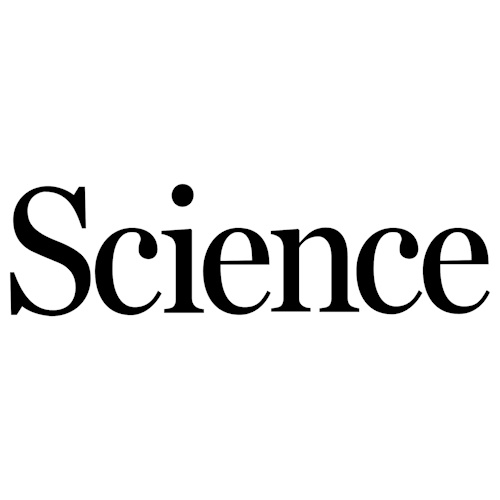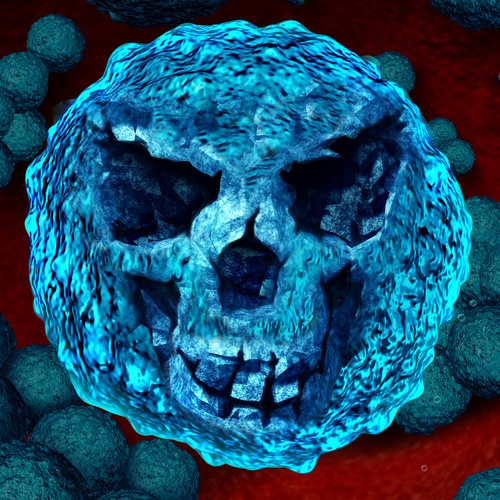Key points from article :
Bacteria have evolved to use common defense systems to resist antibiotics.
Tolerant bacteria, also called "persisters".
These are abundant in biofilms, bacterial colonies which further prevent their eradication.
Corresponding study author Evgeny Nudler says
"... new antimicrobials are projected to kill 10 million people annually by the year 2050".
New approaches are urgently needed to prevent this.
Suppressing bacterial H2S would make different antibiotics more potent.
Research team found that Staphylococcus aureus and Pseudomonas aeruginosa rely on the same enzyme,
Cystathionine γ-lyase (CSE), for the bulk of H2S production.
Blocking its action would represent a way to remove the defense against antibiotics.
They selected lead compounds, NL1, NL2, and NL3, which inhibited the bacterial CSE.
"...new kind of molecule potentiator strengthens the effect of clinically important antibiotics".
Research by New York University and Gero published in Science.






